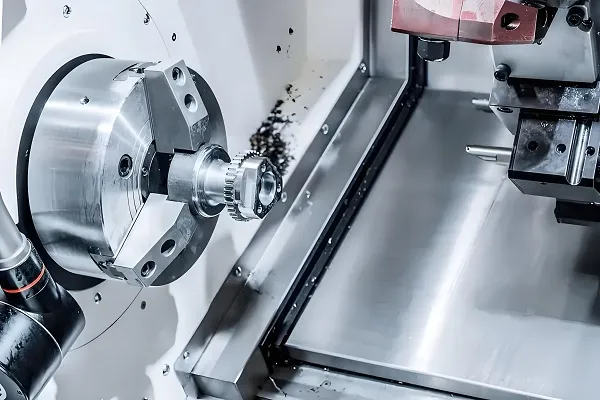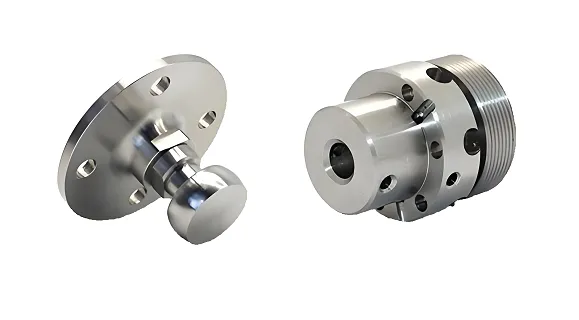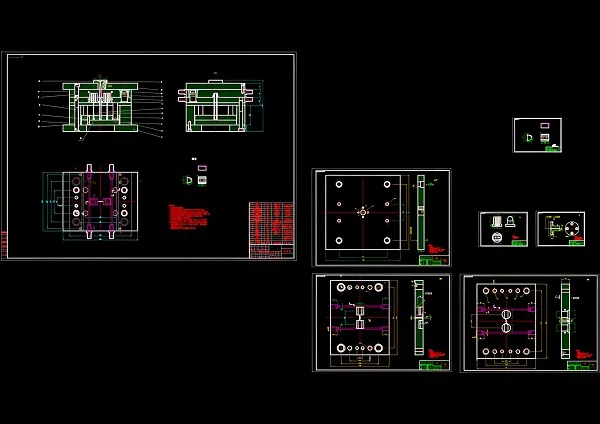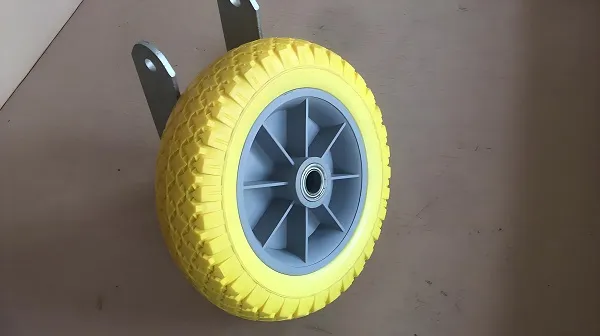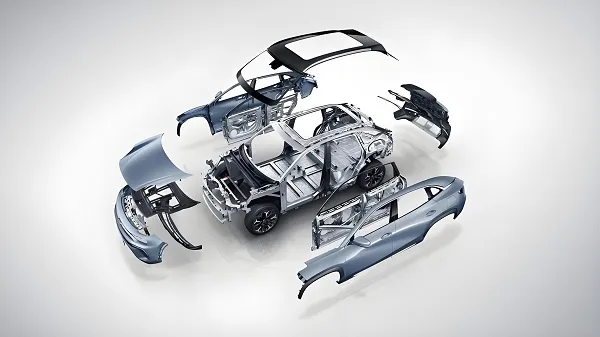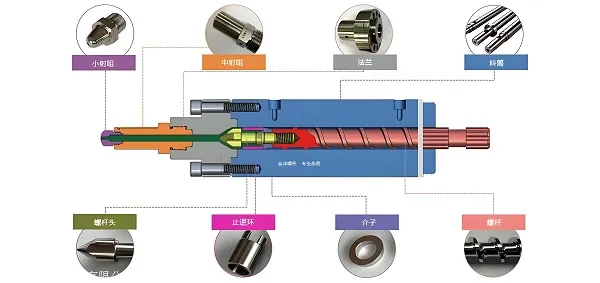A tension spring (also known as an extension spring, tension spring, or simply tension spring) is a coil spring that is subjected to axial tension. It employs the stretch to store energy and tries to regain its original shape after being stretched to create a counter force. When a tension spring is not subjected to a load, its coils are generally tightened together with no gaps between the coils.
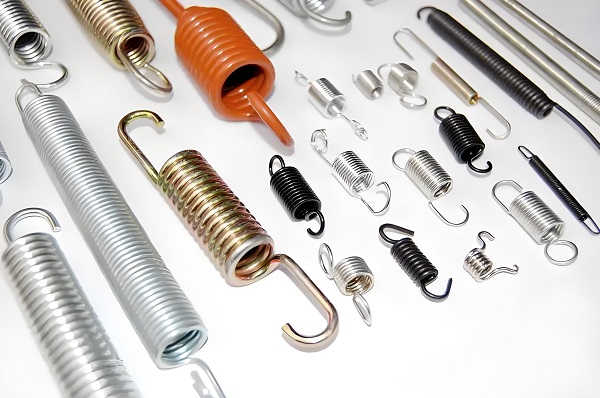
1. Tension spring characteristics
Energy storage and rebound: When subjected to a tension force, the spring stretches and stores energy. Once the tension force is released, the spring tries to regain its original shape, creating a counterforce.
Reverse Action: In contrast to compression springs, tension springs have a reverse action when stretched.
Shape and Construction: Tension springs are generally made of round section material. Common shapes include hook tension springs, where the “hook” is the source of tension, and are usually round in shape to allow for easy attachment to the connected component.
2. Tension spring production process
Raw Material Inspection: Ensuring that the raw material meets the production requirements.
Turning: Initial processing of the raw material.
Heat treatment: Heat treatment of raw materials to improve their performance.
Clamping: Further processing and molding.
Heat treatment (quenching + tempering): to increase the hardness and elasticity of the spring.
Standing treatment (stretching): to bring the spring to a predetermined shape and tension.
Heating and loading aging: Stabilizes the performance of the spring.
Sand blowing: to remove surface impurities.
Semi-finished product inspection (force measurement): to check whether the performance of the spring meets the requirements.
Surface treatment: To treat the spring against corrosion, rust, etc.
Finish marking: Marking of production information.
Finished product inspection: final inspection to ensure product quality.
3. Tension spring processing technology
Cold coiling method: applicable to springs with small wire diameter, commonly used cold-drawn and pre-heat-treated high-quality carbon spring steel wire winding, generally only low-temperature tempering after winding.
Hot coiling method: for springs with large wire diameter, coiled in the hot state, after coiling, need to be quenched, medium temperature tempering and other treatments.
Tension spring surface treatment process
The surface treatment process of tension springs is mainly to enhance its corrosion resistance, wear resistance and aesthetics. Common surface treatment processes include:
Oxidation treatment: the spring in a soap solution or dichromate filling treatment, and then wash with flowing warm water, blow-drying or drying, and finally on the anti-rust oil or mechanical oil for oil immersion treatment.
Phosphate treatment: the spring is put into the phosphate solution containing manganese, iron and zinc to form a layer of water-insoluble phosphate film to improve its corrosion resistance and adsorption capacity of paint and oil.
Non-metallic protective layer: dip-coated or sprayed on the surface of the spring a layer of organic substances, such as paint, asphalt, plastic, etc., in order to protect the spring from corrosion.
4. Optional materials for tension springs
Spring steel wire: high elasticity, high hardness, fatigue resistance, etc., suitable for occasions requiring strength and wear resistance.
Stainless steel: excellent corrosion resistance, rigidity and toughness, suitable for harsh environments or high hygiene requirements.
Alloy steel: with high strength, high hardness, high wear resistance, suitable for the production of high strength and high rigidity requirements of the tension spring.
In addition, there are copper, iron, aluminum and other materials can also be used to produce tension springs, the specific selection needs to be based on the conditions of use, economy and processing requirements and other factors for comprehensive consideration.
5. Characteristics of tension springs made of different materials
| Material | Elasticity | Hardness | Corrosion Resistance | Wear Resistance | Suitable Applications |
|---|---|---|---|---|---|
| Spring Steel | High | High | Moderate | High | Applications requiring strength and wear resistance |
| Stainless Steel | Moderate to High | Moderate to High | Excellent | Moderate | Harsh environments or hygiene-sensitive applications |
| Alloy Steel | High | Very High | Good | Very High | Applications requiring high strength and stiffness |
| Copper | Moderate | Low to Moderate | Good | Moderate | Applications requiring aesthetics and conductivity |
| Iron | Moderate to High (depending on heat treatment) | Moderate to High (depending on heat treatment) | Moderate | Moderate | Cost-effective applications in non-harsh environments |
| Aluminum | Low | Low | Poor | Low | Applications requiring lightweight design |
Customized CNC tension springs FAQ
1. How to customize CNC tension springs?
A: Custom CNC tension springs usually require detailed specifications, including wire diameter, outside diameter, free length, working load, number of coils, hook shape, etc. The manufacturer will design and produce the CNC tension springs according to these requirements. The manufacturer will design and produce a compliant tension spring based on these requirements.
2. How long does it take to customize CNC tension springs?
A: The time it takes to customize CNC tension springs depends on a number of factors, including the order quantity, production process, and raw material supply. […]

